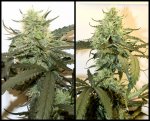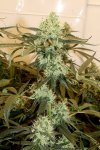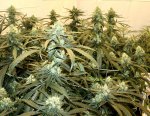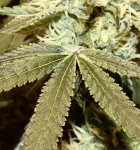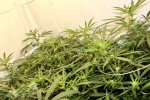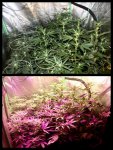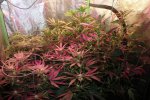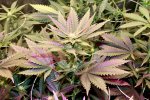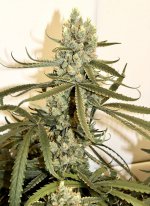chiefer888
In Bloom
Right, we’re talking nature (phenotype (expressed genetic presentation)) vs nurture (environmental variables). As you stated, in an environment that controls for extrinsic environmental variables, they should come out virtually identical.I know that your question is directed towards @Schwaggy P, but my understanding: Genotype is the only constant with cuttings (clones). Environment plays a huge role in phenotypic expressions. My guess would be that unless someone is growing in a laboratory setting, they are failing to recreate the exact environment down to a T. Temperature, humidity, nutrient availability and uptake etc all make up the cuts environment, thus leading to different phenotypic expressions. Again, this is just my understanding of the science behind it. I am certain that @Schwaggy P will have a better grasp on it. Positive vibes...
~nugzz
Last edited:

